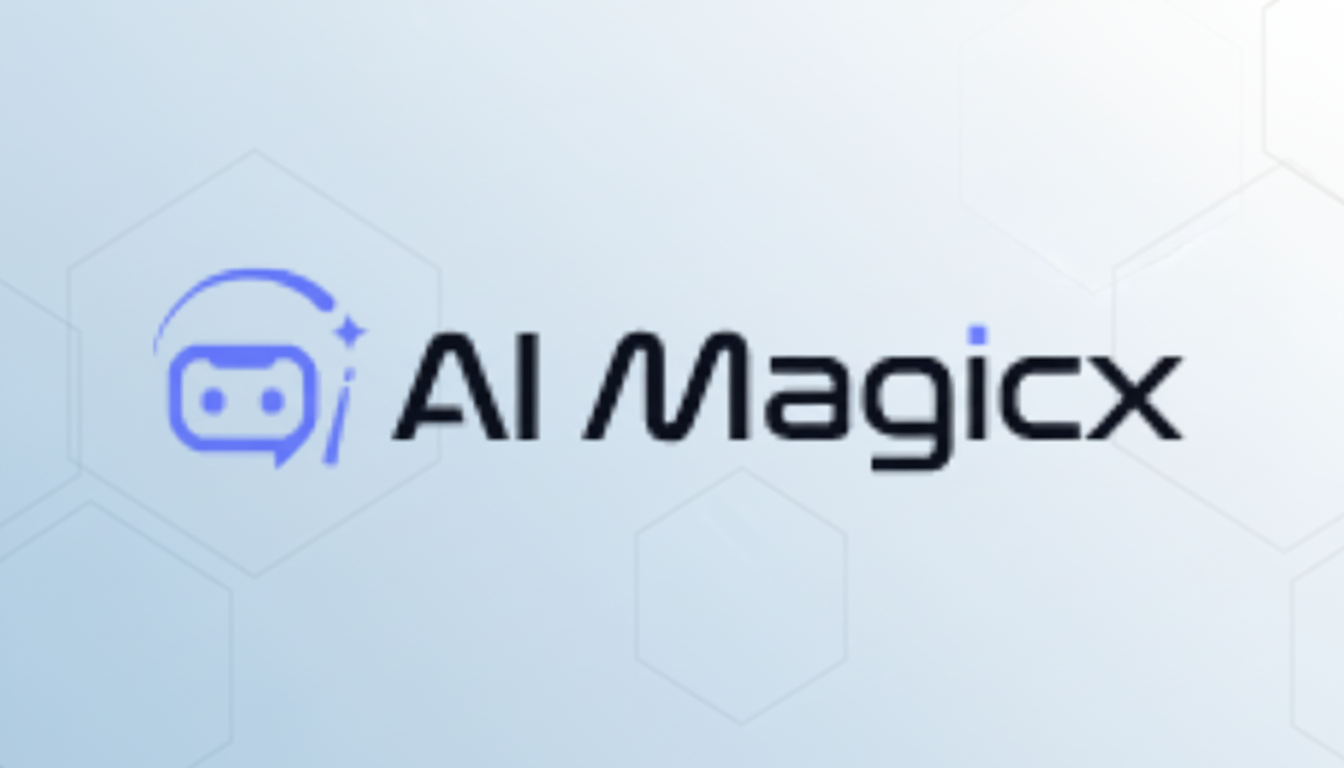AI Magicx is proposing a simple value proposition to generative AI power users: one workspace, many of the top-tier models, and just one check to write. The platform now bundles access to GPT-4o, Claude, and Gemini, plus 75 other creation tools for content, images, and code, starting at an introductory $26 lifetime license, which is below what most pay monthly on AI.
A Unified Workspace for Top AI Models in One Editor
Instead of managing tabs and accounts, AI Magicx delivers prompts to different model families from a single editor. So you can brainstorm a campaign with one model, flip to a tone-perfect rewrite with another, and create a product mockup along the way. The company says its workspace includes 75+ tools, like long-form drafting, translation into 45+ languages, logo and art creation, chatbot building, and coding assistance.
- A Unified Workspace for Top AI Models in One Editor
- Pricing That Undercuts Monthly Plans With a One-Time Fee
- Why Multi-Model Access Matters Across Everyday Tasks
- Practical Workflow Examples in One Consolidated Workspace
- Caveats and What to Watch Regarding Access and Security
- The Bottom Line on AI Magicx’s Multi-Model Value Pitch

An optional unified API (v1.0b, beta) for developers was an attempt to provide a single point of contact for multi-model invocation. That approach is part of the pattern we see across AI infrastructure providers: a broker layer abstracting model selection and failover. It also paves the way for something called “best-model-for-task” orchestration, an approach that teams find themselves using more and more often in an attempt to balance quality, speed, and cost.
Pricing That Undercuts Monthly Plans With a One-Time Fee
At a listed $324, the offer is approximately 92% off, at $26. What’s more, it fundamentally changes the economics of multi-model labor. Lots of these aggregators push model availability behind subscription costs, and even charge monthly for individual model upgrades. A single-purchase license (assuming the tool still delivers on model connectivity and updates) might make sense for freelancers, students, and small teams keeping a keen eye on SaaS creep.
Value comes down to consistency. If AI Magicx keeps good plumbing to GPT-4o, Claude, and Gemini, it can become a low-friction hub to the tasks of our everyday: converting notes into briefs, cleaning up code, composing outreach emails, and creating visuals quickly. In that sense, even casual use could make the upfront purchase into something of a value proposition.
Why Multi-Model Access Matters Across Everyday Tasks
A single model does not perform well on all tasks. Independent benchmarking environments such as the LMSYS Chatbot Arena consistently display preference scores that are clustered among the best systems from OpenAI, Anthropic, and Google, where specific performance depends on prompt category and domain. In reality, writers may prefer tone control from one model, engineers may prefer code reasoning from another, and designers may prefer the accuracy of image prompts from a third model.
What aggregating those strengths does is remove the cost of switching—context loss, copy-paste errors, or time wasted reformatting prompts. It’s often more practical for small teams that do not have MLOps resources to use an out-of-the-box “router” than to wire up multiple APIs, handling tokens and complying with rate limits.

Practical Workflow Examples in One Consolidated Workspace
GPT-4o can outline a launch brief; Claude can help refine brand voice; both generators will spin out social variations and art concepts. Customer interviews can get turned into a feature spec by the founder, a simple utility scaffolded out with the coder’s tool that afternoon, and a landing page draft gets shipped. A support lead can also prototype a lightweight FAQ bot to test intervention across models and ensure the correct tone is being used before handing off.
These are the mundane, low-to-mid-complexity operations where speed is valued over perfection. And it’s not that AI Magicx will replace specialty editors or IDEs, but rather that drag is removed because so much of the work sits in an 80% zone of productivity, and being able to manage multi-model workflows helps get output fast.
Caveats and What to Watch Regarding Access and Security
Like any aggregator, the accuracy of data depends completely upon upstream providers. The throughput can be influenced by the availability of models, rate limits, or policy changes at OpenAI, Anthropic, and Google. Potential buyers will want to check how AI Magicx treats data retention, whether prompts are logged, and whether corporate controls like opt-outs or anonymization are available. Security-forward teams will crave clarity on the whereabouts of content processing and storage.
There is also the practical issue of longevity for one-time licenses. Users should look for a public roadmap and active development. The beta API is interesting, but businesses will require versioning, SLAs, and usage analytics before they can build it into their core workflows.
The Bottom Line on AI Magicx’s Multi-Model Value Pitch
AI Magicx’s pitch is refreshingly uncomplicated: combine GPT-4o, Claude, and Gemini, slather a versatile toolkit on top, and sell that combination for takeout-order prices. At a time when the market is glutted with monthly subscription services, $26 to gain lifelong access will raise eyebrows. If the company maintains model access and continues to refine its editor, API, and design tools, it could be a go-to resource for creators and small teams that require multi-model power without the subscription sprawl.
For anyone sick of hopping back and forth between apps just to complete a simple project, this is the kind of consolidation that makes everyday AI feel less like a circus and more like one well-lit desk.

